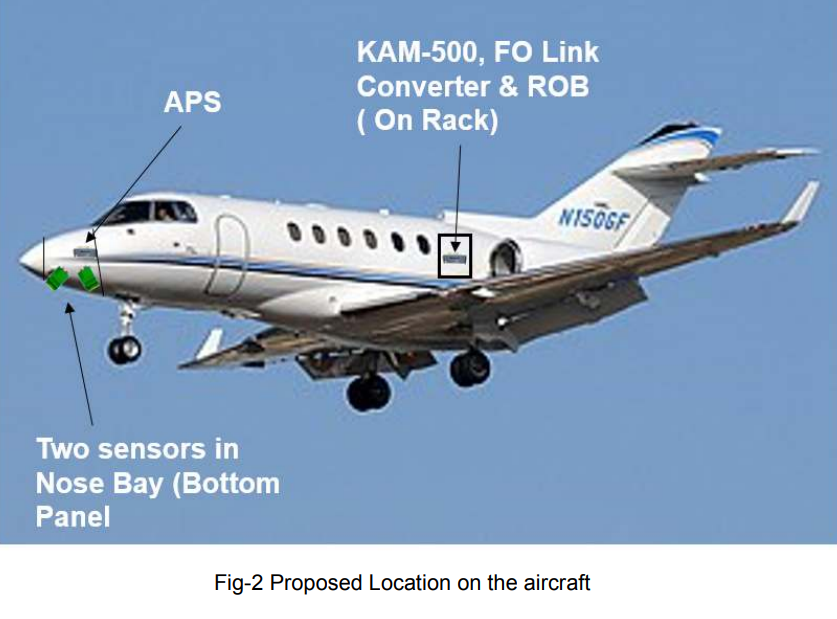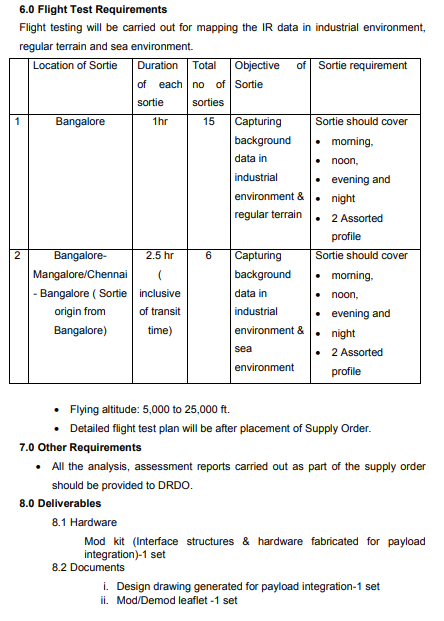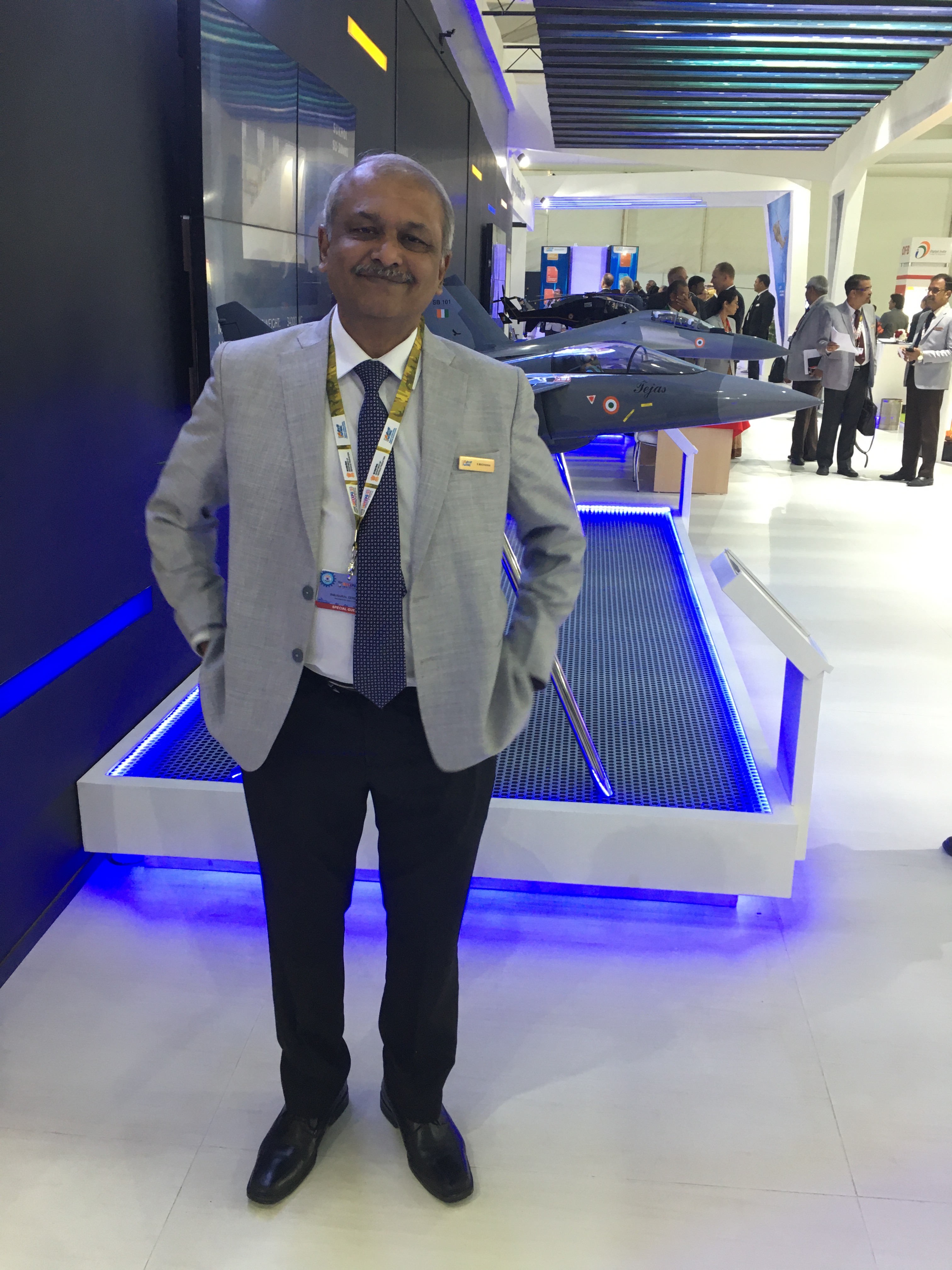New products developed in India, handed over by Defence Minister.
Indian Army has received the first lot of indigenously-developed equipment and systems today. These include Future Infantry Soldier as a System (F-INSAS), new generation anti-personnel mine ‘Nipun’, rugged and automatic communication system with enhanced capabilities, upgraded sights system for tanks and advanced thermal imagers.
State-of-the art high mobility Infantry Protected Vehicles and Assault Boats were virtually handed over by defence minister enabling the troops deployed along the borders to respond to any challenge in a befitting manner. The equipment/systems have been jointly developed by Indian Army in collaboration with Defence Public Sector Undertakings, Defence Research & Development Organisation (DRDO) and the Industry, under the modernization drive.
Rajnath Singh exuded confidence that the equipment and systems will enhance the operational preparedness of the Indian Army and increase their efficiency. He asserted that the infrastructural needs of the Armed Forces are increasing with constantly-changing times. He also called for infrastructural development based on latest technology to help the Armed Forces remain prepared to deal with future challenges. He urged the Armed Forces to strive for excellence and continue dedicating themselves towards Nation Building.
Future Infantry Soldier as a System
Future Infantry Soldier is being equipped with three primary sub systems. The first sub system is the modern state of art assault rifle along with day and night holographic and reflex sights. The sights are mounted on the weapon and also on helmet to enable a 360-degree visibility and accuracy in operational conditions. In addition to the primary weapon system, the soldiers will also be kitted with multi-mode hand grenade which has also been procured indigenously along with multi-purpose knife.
The F-INSAS system includes an AK-203 assault rifle, which is a Russian-origin gas-operated, magazine-fed and fire assault rifle.
The second sub system is protection system. This gives protection through a specially designed helmet and a bullet proof jacket. The third sub system consists of communication and surveillance system. The F-INSAS system has capabilities such as hands-free, secured advanced communications set for real-time exchange of information with the command posts and enhanced situational awareness. This F-INSAS system is capable of further upgradation by incorporating real time data connectivity.
Anti-Personnel mine ‘Nipun’
Primarily, Anti- Personnel mine works as the first line of defence against infiltrators and enemy infantry. For a long time, the Indian Army has been using vintage NMM 14 mines. Indigenously developed ‘Nipun’
is the joint effort of Armament Research and Development Establishment, Pune and the Indian industry. It will enhance the protection provided to the troops on the borders. The mine is more potent and effective than the existing anti-personnel mine.
Hand Held Thermal Imager (Uncooled)
This equipment is for surveillance and detection. It gives visibility in both day and night and in adverse weather conditions to the soldiers to detect enemy movement and activities.
Commander Thermal Imaging Sight for T-90 tank
This equipment gives enhanced visibility and range to the commanders of armoured columns. Earlier, in T-90 tanks had image intensification systems which had its own limitations and constraints. The limitations have been overcome by use of thermal imaging sight produced by India Optel Limited.
Downlink Equipment with Recording Facility
This downlink equipment helps the helicopters in carrying out constant reconnaissance and surveillance of the borders and operational areas. While on missions, reconnaissance data observed is recorded in the system and can be accessed only when the helicopter returns to the base.
The equipment, produced indigenously by Exicom Private Limited, is fitted on the Advanced Light Helicopter.
Semi Ruggedised Automatic Exchange System Mk-II
Indian Army had exchanges that provided line communications to the operationally deployed units. However, there were limitations in terms of numbers of subscribers and quantum of data that could be communicated. Also, the equipment could not work with latest internet protocol technology. A new system has been
developed by the Bharat Electronics Limited, Kotdwar, which overcomes all inadequacies of the older system.
Upgraded Radio Relay (Frequency Hopping)
In challenging forward areas, where no lines or other forms of communication are available, Indian Army has to extend its communication system. With this radio relay system, forward troops are in a position to operate their communication equipment and radio sets at much longer ranges and in greater depths than hither-to-fore. This is an advanced system with frequency hopping technology and very high capacity. It has been
developed by Bharat Electronics Limited, Bengaluru.
Solar Photovoltaic Energy Project
One of the most challenging terrain and operational sectors of the country is the Siachen Glacier. The complete power requirement in the area to operate various equipment was met only through captive generator supply. A solar photo-voltaic plant has been installed to improve the overall energy requirements and also obviate dependence on fossil fuels. This plant at Partapur was virtually dedicated to the Nation by the Raksha Mantri.
Landing Craft Assault (LCA)
There are boats operating in Pangong Tso lake, however, they have limited capabilities. The LCA is much more versatile and has overcome the limitations of launch, speed and capacity. It has enhanced the capability to operate across the water obstacles in Eastern Ladakh. LCA
has been indigenously developed by M/s Aquarius Ship Yard Limited, Goa.
Mini Remotely Piloted Aerial System (RPAS)
RPAS removes the operational limitations faced by the Indian Air Force aircraft and the heron Unmanned Aerial Vehicles at tactical level. It empowers the Indian Army by removing the restricted capability for surveillance, detection and reconnaissance at the infantry battalion and mechanised units level.
Infantry Protected Mobility Vehicle (IPMV)
IPMV provides mobility and more protection to a large number of infantry soldiers posted at the Northern Borders. It has been
made by M/s Tata Advance Systems Limited.
Quick Reaction Fighting Vehicle (Medium)
The second vehicle along with the Infantry Mobility Protected Vehicle for enhanced mobility of our troops in Eastern Ladakh is the Quick Reaction Fighting Vehicle (Medium). It facilitates quick deployment of troops and will enable much faster reaction. The vehicles have been p
rocured from Tata Advanced Systems Ltd. These are tailor made vehicles with high mobility, enhanced firepower & protection. It will facilitate in creating moral ascendency in our Northern Borders.
Defence minister also unveiled Scales of Accommodation (SoA) 2022, which provides authorisation for construction facilities for operational, functional, training, administrative, living and recreation for the Defence Services. SoA 2022 is aimed at improving the infrastructure, which will result in improving the working and living conditions for the defence personnel including civilians.
Rajnath Singh also launched a series of e-Governance applications to foster transparency, build efficiency and unlock the latent productivity of Military Engineer Services (MES). These include those on budget management, product approval, contracts, scrutiny of works and their status and an electronic cash book. “ERP software is playing an important role in the development of various industries and increasing the efficiency of institutions. The portals and applications launched today will increase the work efficiency of MES and save time. It is a crucial effort towards effective e-governance,” he said. MES is an important organisation of Ministry of Defence, which meets the infrastructural needs of the Armed Forces. He termed MES as behind the scenes characters who help provide a strong backup to the frontline warriors.









